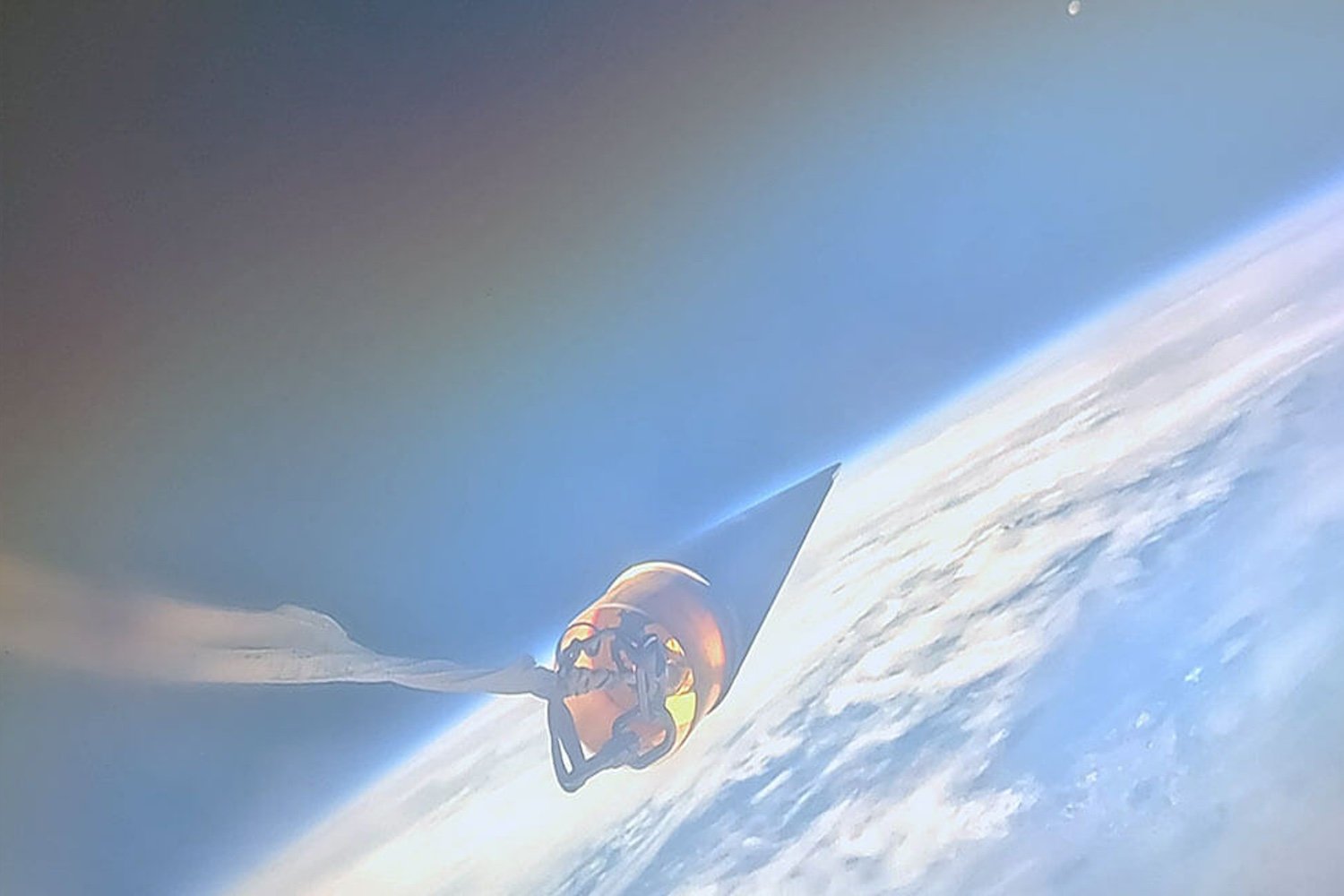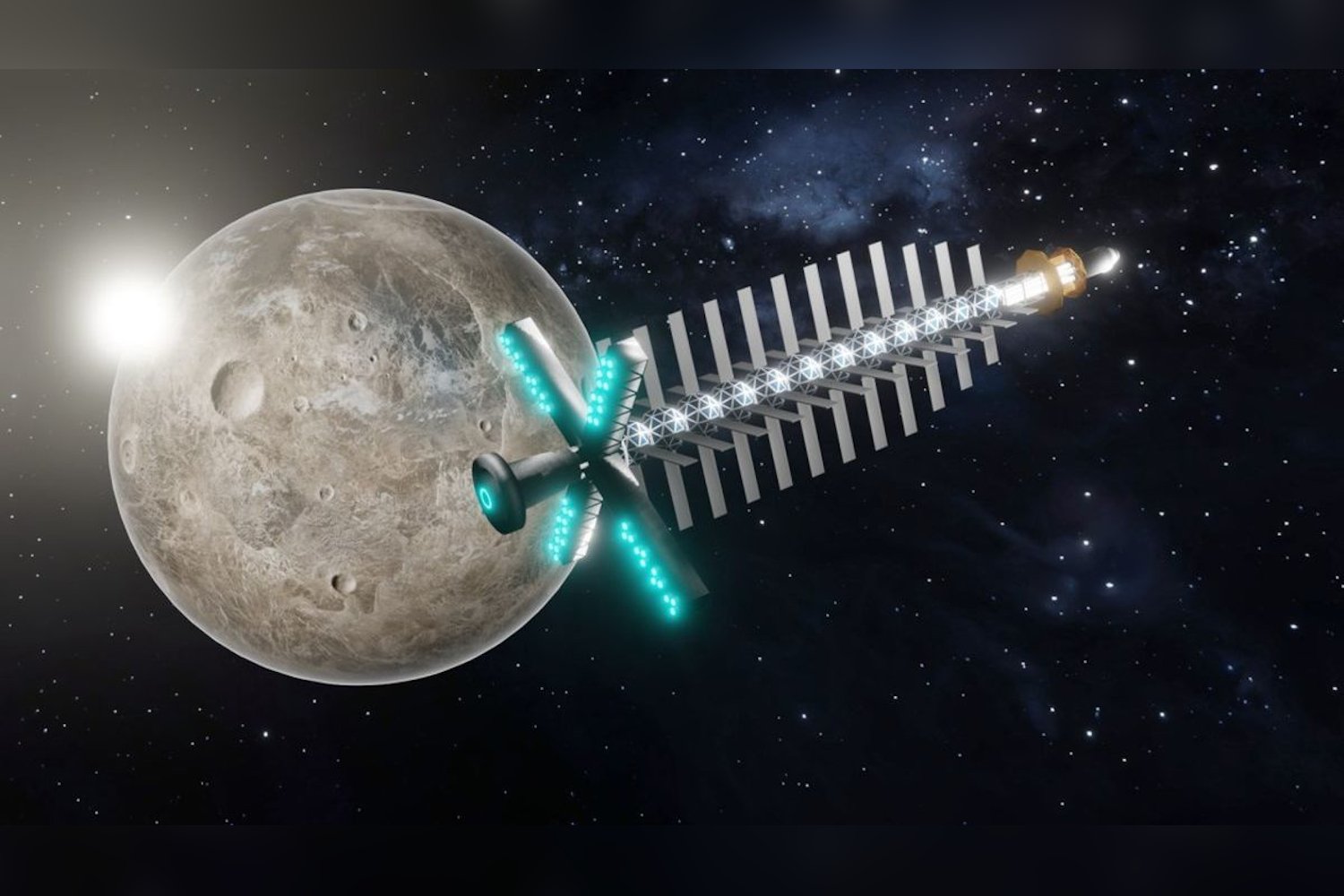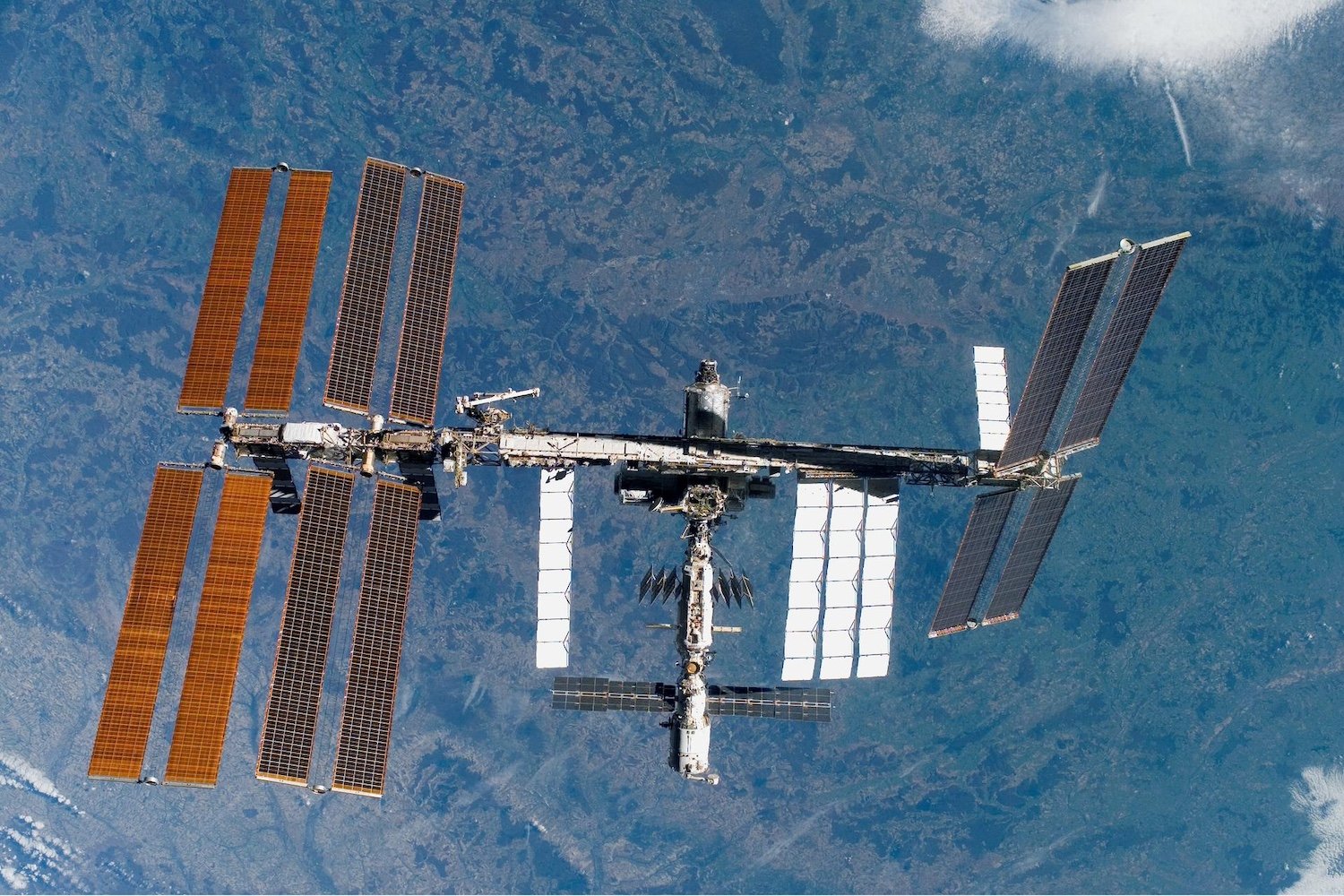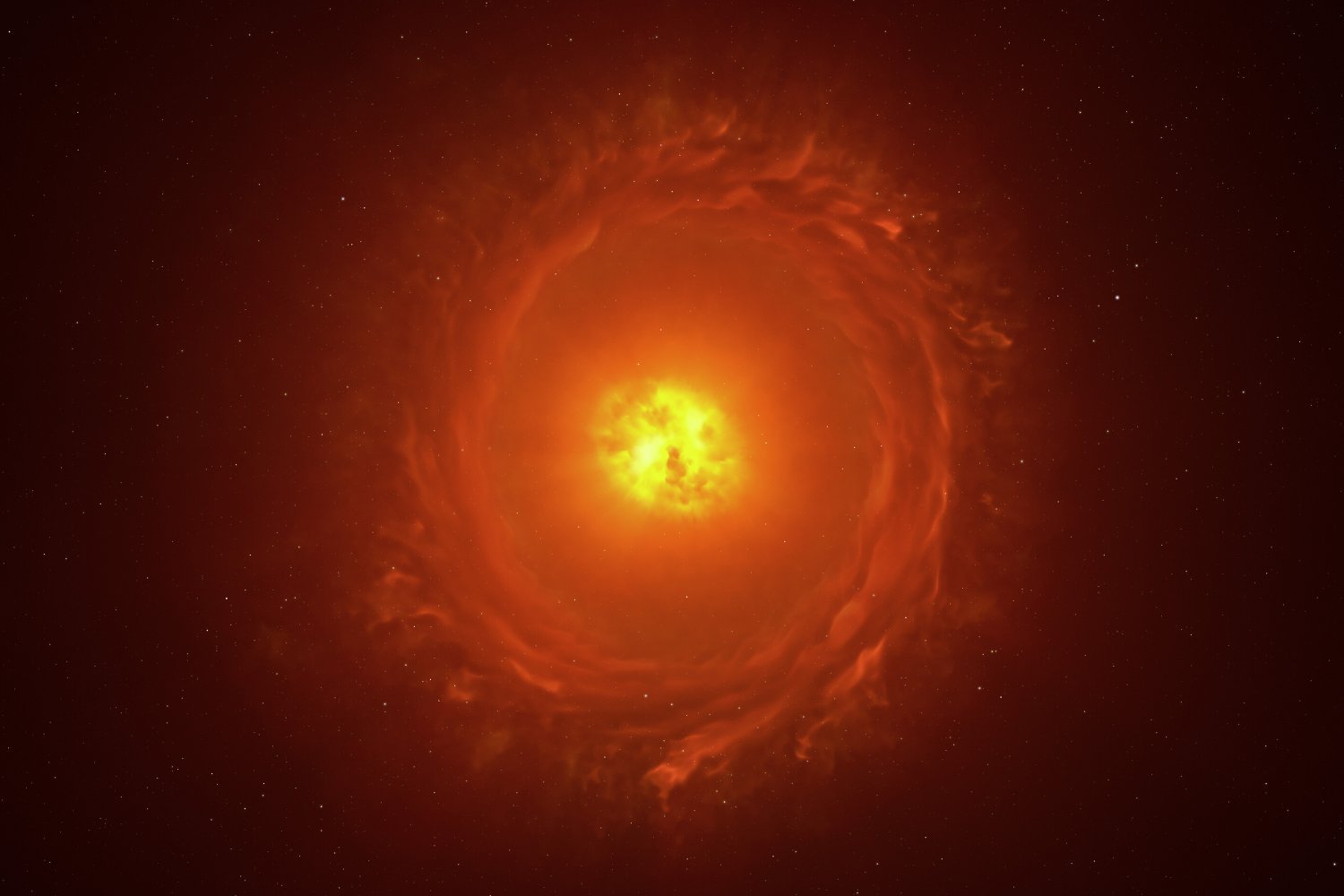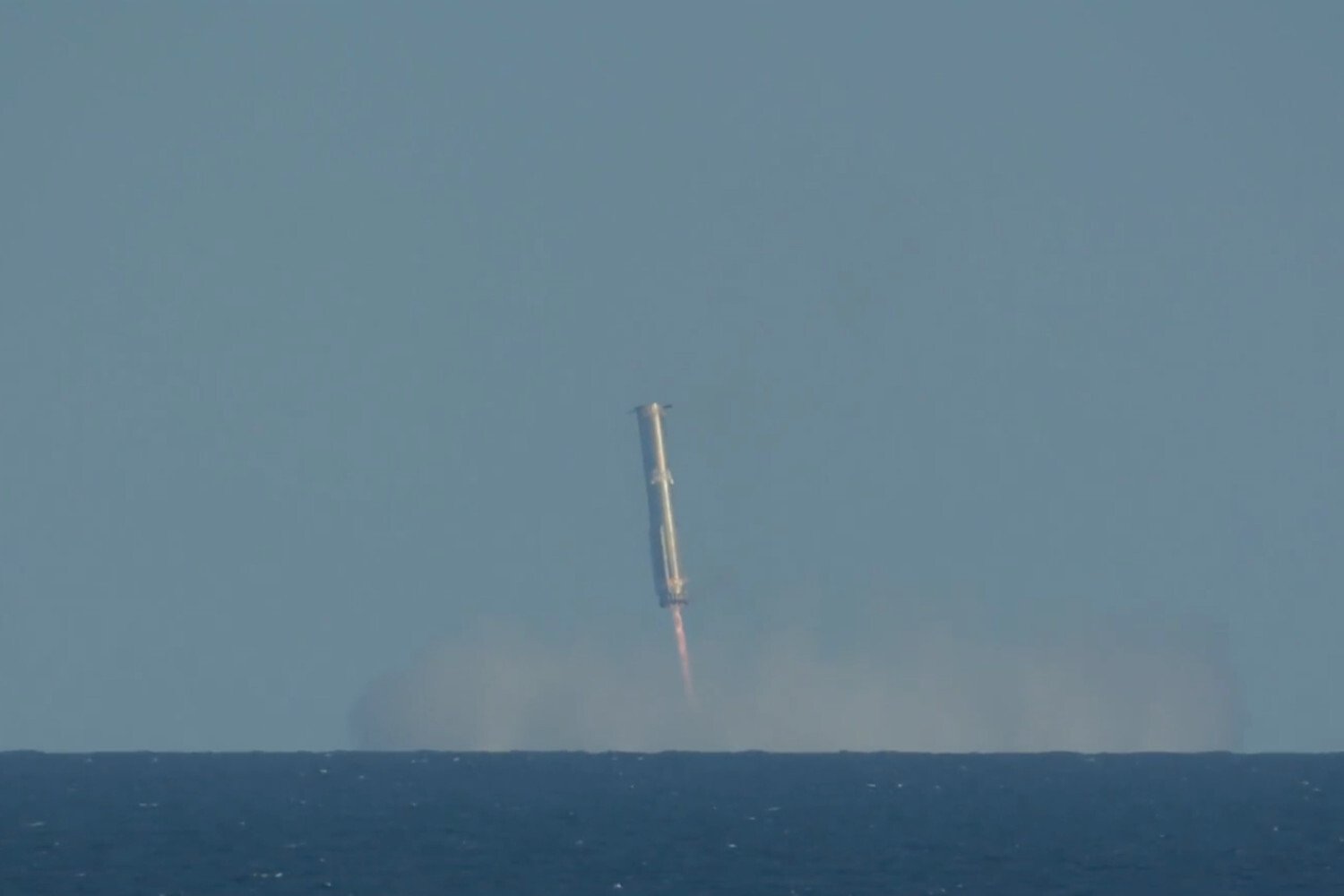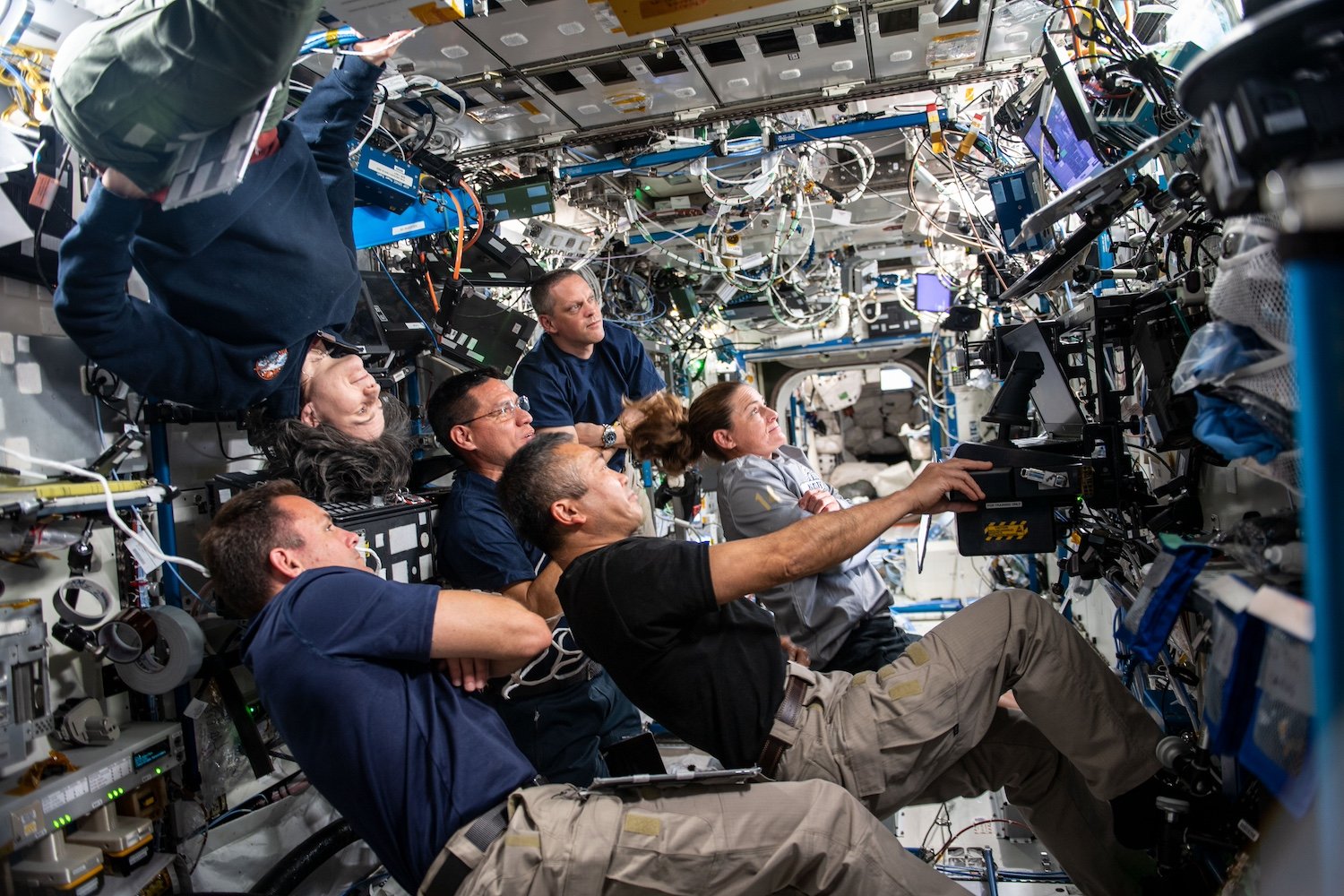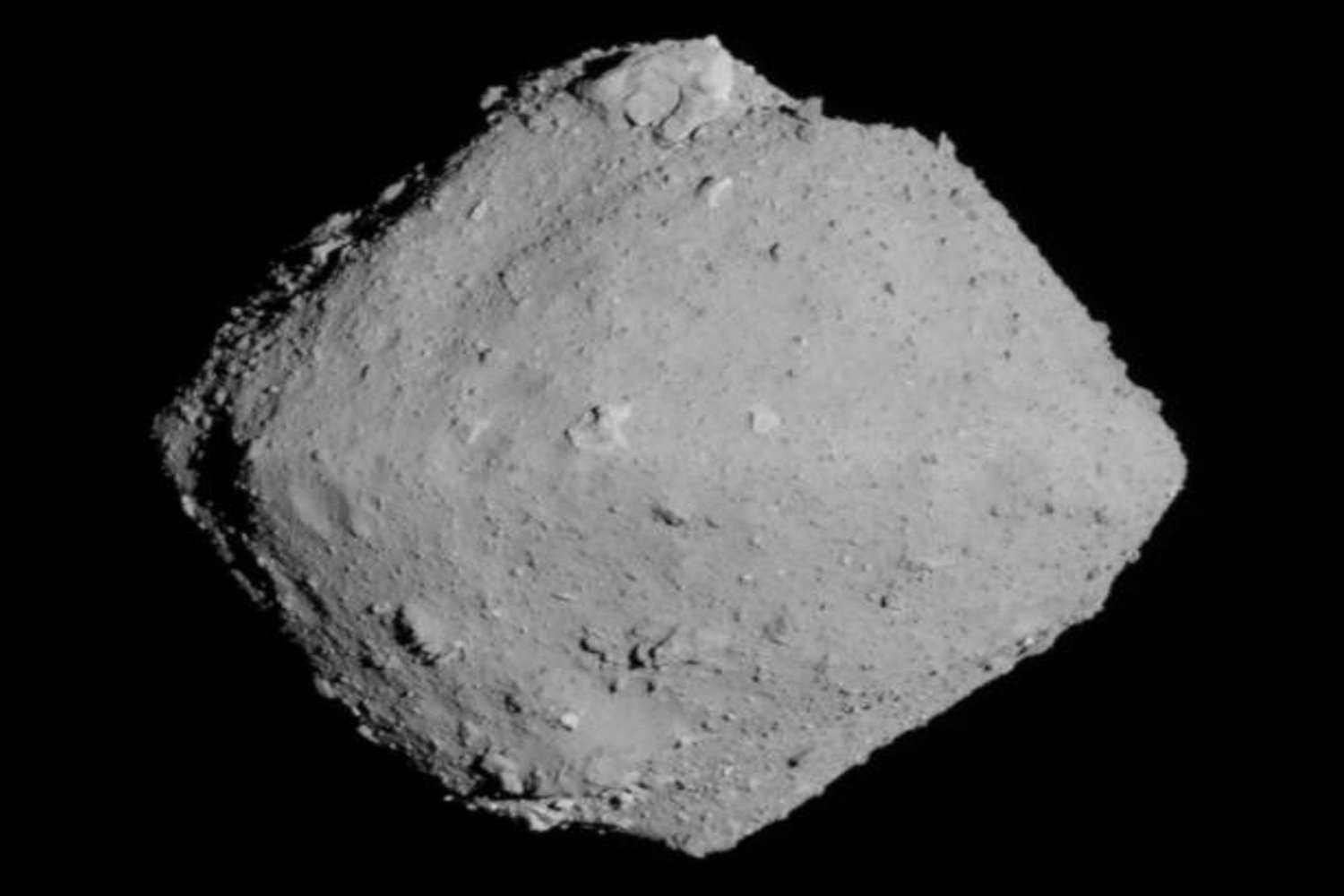The University of Southern California Rocket Propulsion Lab (USCRPL) has set a new world record for the highest altitude achieved by a student-designed and built suborbital rocket. On October 20th, their rocket, Aftershock II, soared to an astonishing 470,000 feet (143,256 meters) above Earth’s surface from the Black Rock Desert in Nevada. This achievement marks a significant milestone, as Aftershock II is the first non-government, non-private company rocket to reach this altitude.
Reaching a velocity of 5,283 feet per second (1,610 meters per second) and Mach 5.5, Aftershock II shattered the previous record of 380,000 feet (115,825 meters) set in 2014 by the Civilian Space Exploration Team. The USCRPL team surpassed this previous benchmark by an impressive 90,000 feet (27,432 meters). This isn’t the first time USCRPL has made history. In 2019, they became the first student group to launch a rocket past the Kármán Line, the boundary between Earth’s atmosphere and outer space, located approximately 62 miles (100 kilometers) above Earth. For comparison, Aftershock II reached a peak altitude of 89 miles (143.3 km).
“Since its inception 20 years ago, the USC Rocket Propulsion Laboratory has empowered countless Viterbi undergraduate engineering students to realize their space aspirations,” commented Yannis Yortsos, dean of the USC Viterbi School of Engineering. “It’s inspiring to witness them surpass not only their own 2019 global student record of reaching the Kármán line but also the all-time amateur record. This remarkable team demonstrates the power of imagination, lab work, and making dreams a reality.”
Aftershock II: A Testament to Innovation
Aftershock II, a 13-foot-tall (3.9 meters) rocket, is a refined version of the Traveler IV rocket. Key upgrades include a new avionics unit, enhanced safety features, improved data integration, and a robust thermal protection system. This system, featuring specialized paint and titanium-coated fins, was crucial for withstanding the intense heat generated at hypersonic speeds. “Exceeding our own Traveler IV standards required overcoming significant technical and operational hurdles,” explained Ryan Kraemer, USCRPL’s executive engineer and a mechanical engineering undergraduate. “Thermal protection at hypersonic speeds is a major industry challenge. Our newly developed protective paint system performed flawlessly, allowing the rocket to return largely undamaged.”
The students were driven not only by breaking their previous record but also by reaching an altitude previously unattained by any independent group. “This project is exceptionally ambitious, not just for a student team, but for any non-professional rocket engineering group,” stated Dan Erwin, chair of the USC Department of Astronautical Engineering.
A Future in Space Exploration
As private space ventures continue to expand, it’s encouraging to see independent groups of aspiring rocket engineers pushing the boundaries of what’s possible. The USCRPL team’s achievement with Aftershock II serves as an inspiration and underscores the potential of student-led initiatives in advancing space exploration.
This record-breaking launch signifies a remarkable achievement for the USCRPL team, showcasing their dedication, ingenuity, and commitment to pushing the limits of amateur rocketry.



